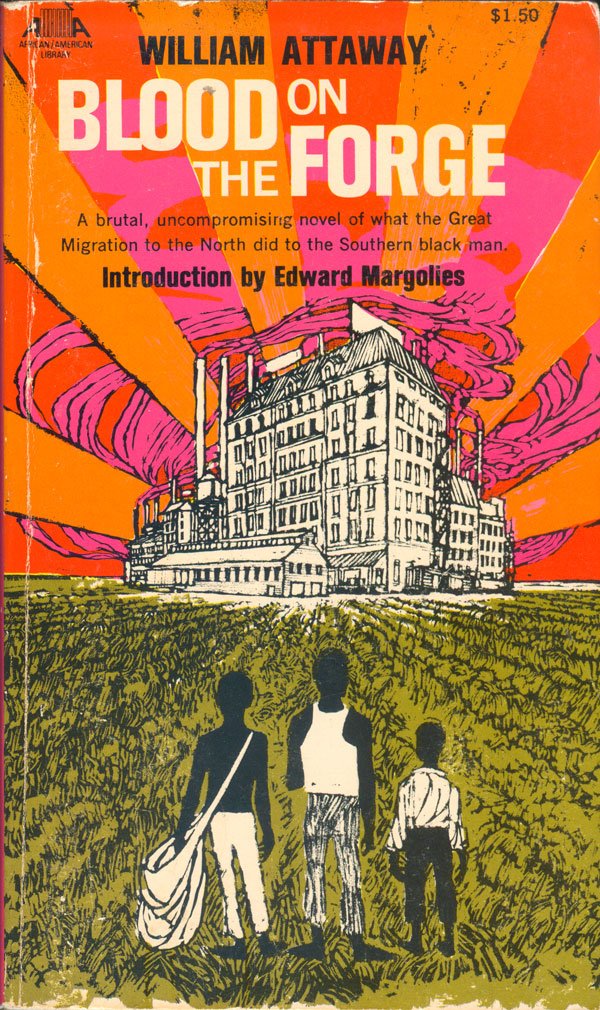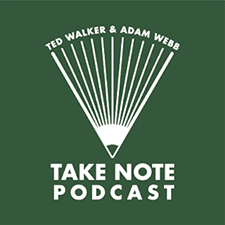Morning reading: The fire and flow of metal

Adam finds a hyperobject in a 1941 novel about the great migration
William Attaway’s novel Blood on the Forge recounts the grim life of the Moss brothers and their migration from sharecropping in Kentucky to steel plants in Pennsylvania. Because it’s such a woeful and violent story, I had to push myself to finish the book. Darryl Pinckney, introducing the novel, writes, “[Ralph] Ellison argued that Attaway’s failure to show the transcendence of his characters as representatives of the folk confined his work to the most limited naturalism.”
What I have to share here avoids the daunting plot and emotion of the book almost entirely. There’s a passage near the end of the novel that reminded me of our episode about Timothy Morton and their theory of hyperobjects. I had a hard time grasping the the theory throughout the episode — perhaps because I’d read a profile of Morton instead of their own writing. It was a delightful epiphany to better understand Morton’s contemporary concept because of Attaway’s 1941 description of steel, which fills in my comprehension of hyper objects like a jigsaw puzzle piece.
Somehow it seems to the men from the red hills that the idea of flesh-and-blood striking was a crazy thing. The fire and flow of metal seemed an eternal act which had grown beyond men’s control. It was not to be compared with crops that one man nursed to growth and ate at his own table. The nearness of a farmer to his farm was easily understood. But no man was close to steel. It was shipped across endless tracks to all the world. On the consignment slips were Chicago, Los Angeles, New York, rails for South Africa, tin for Africa, tool steel for Europe. This hard metal held up the New World. Some were shortsighted and thought they understood. Steals born in the flames and sent out to live and grow old. It comes back to the flames and has a new birth. But no one man could calculate its beginning or end. It was old as the earth. It would end when the earth ended. It seemed deathless.
